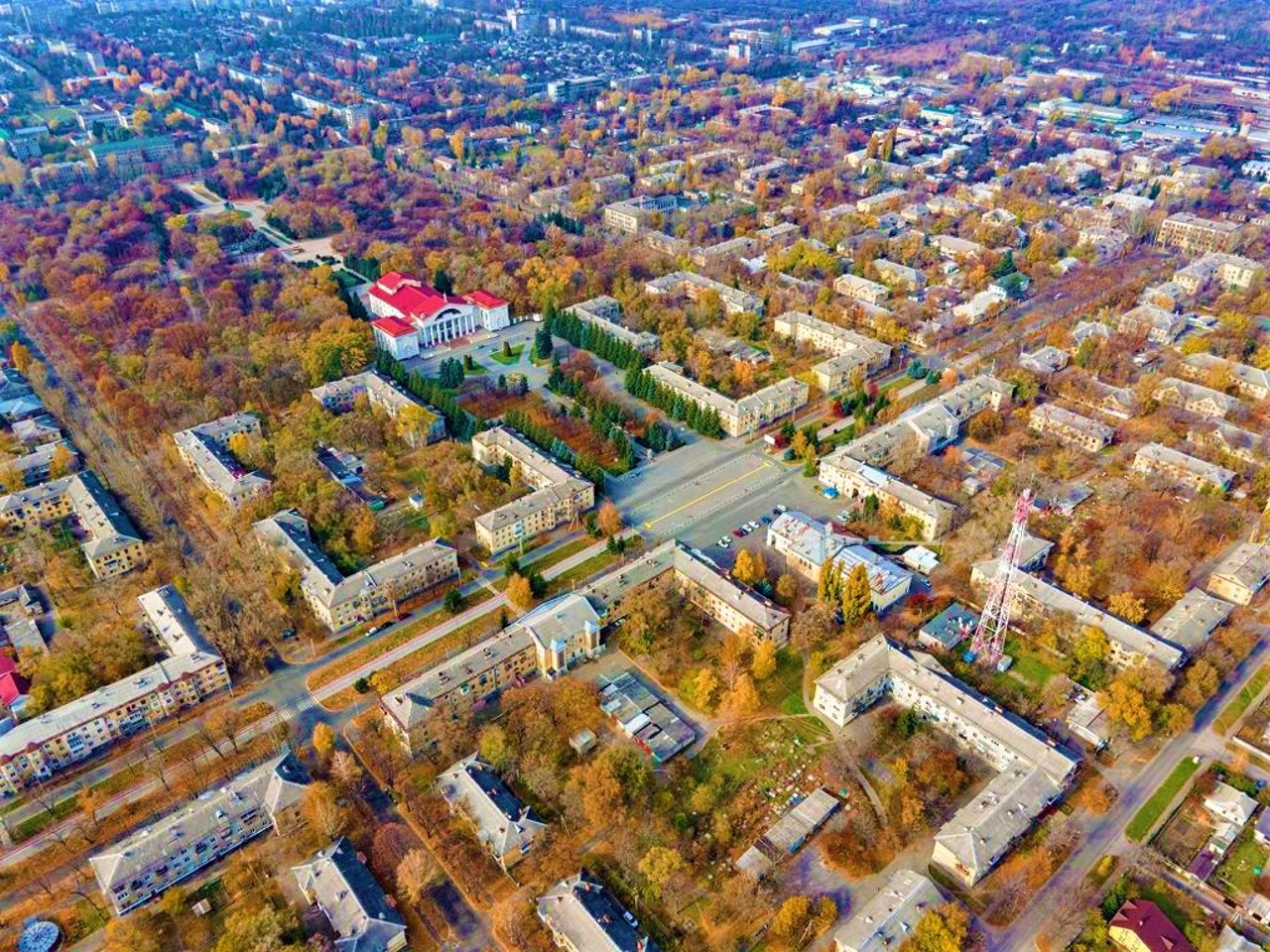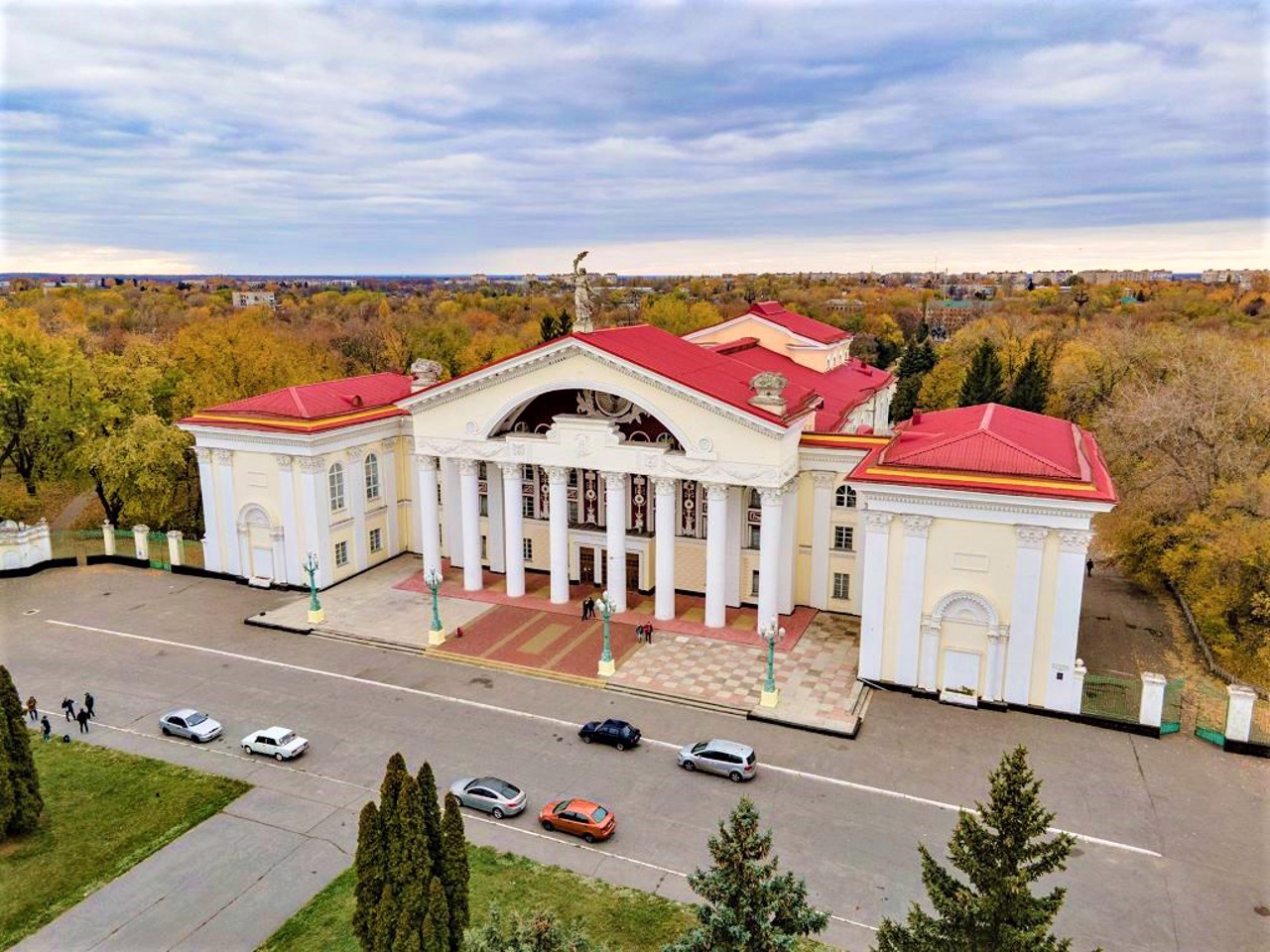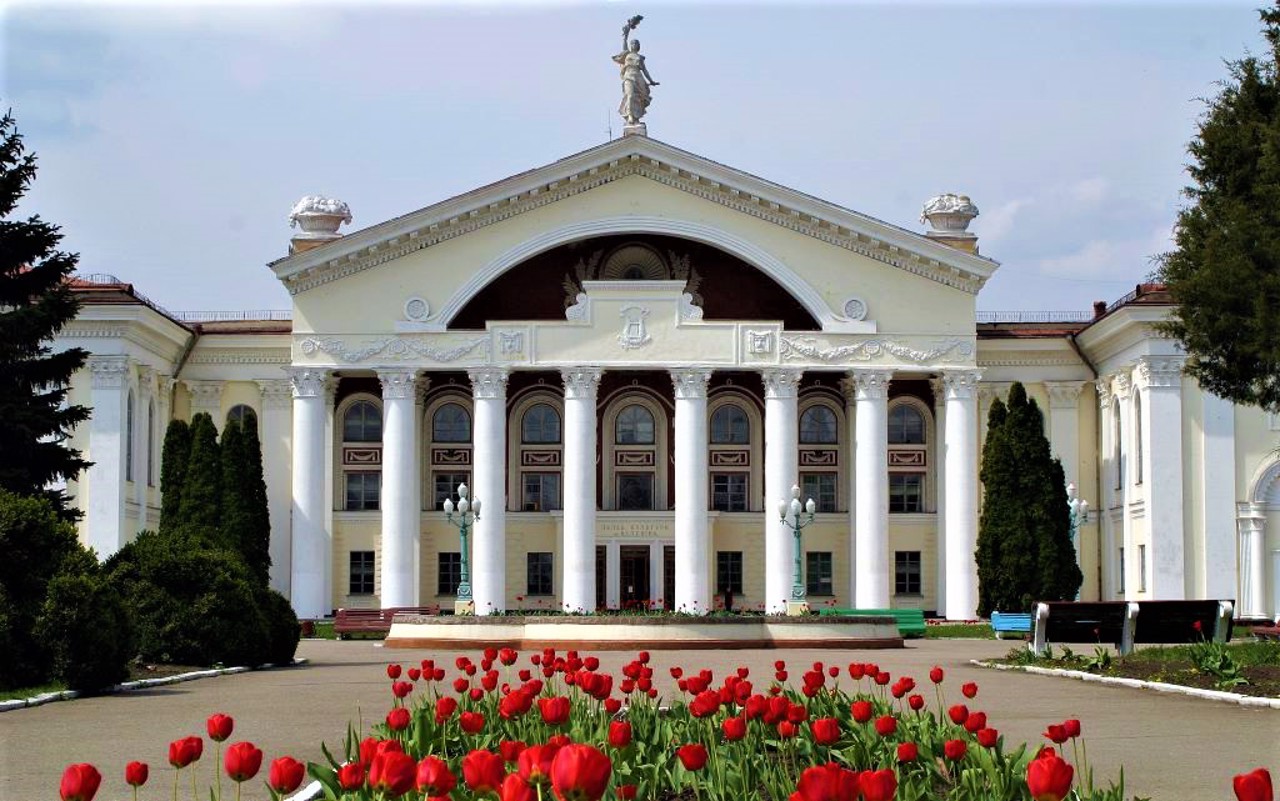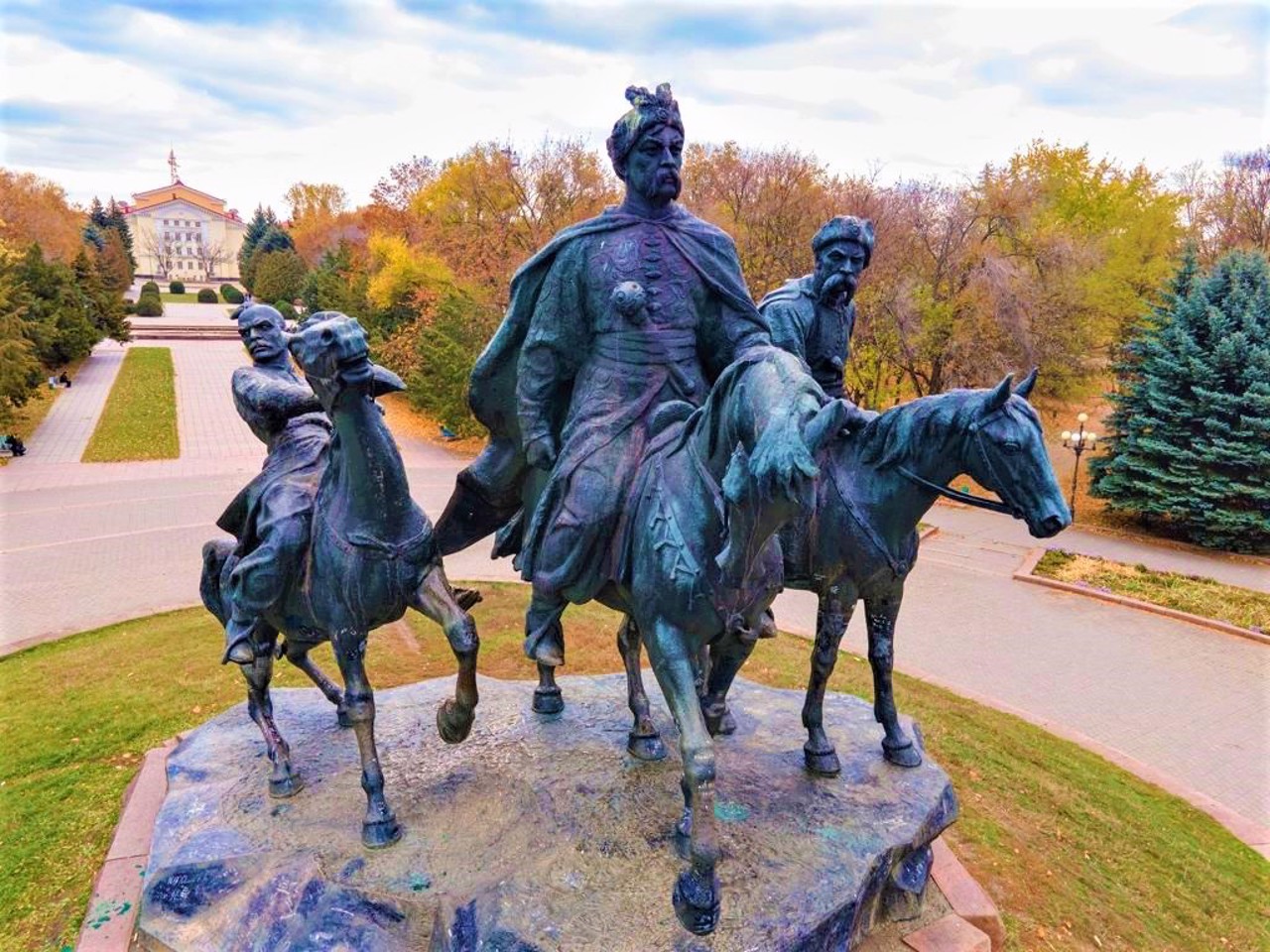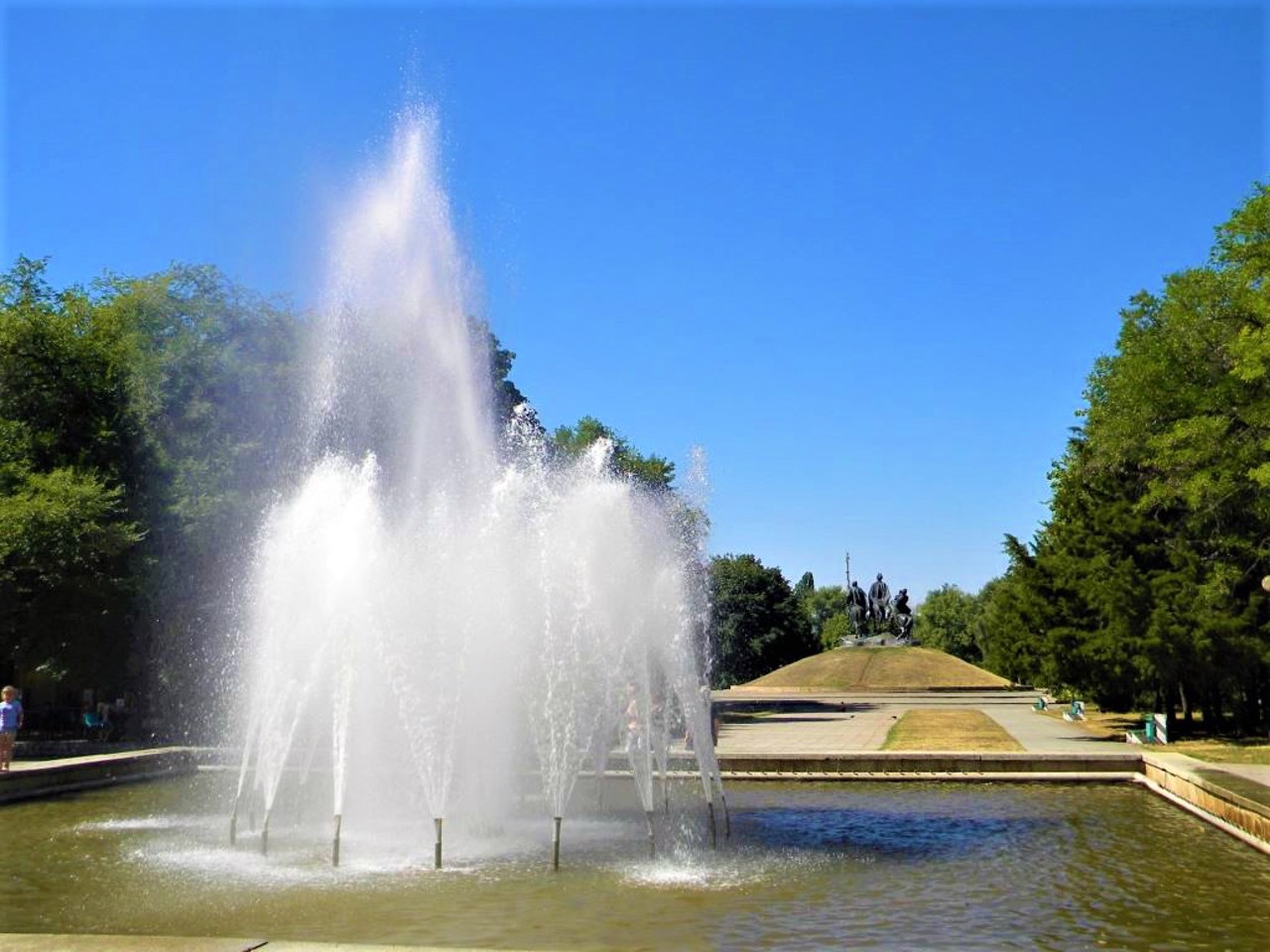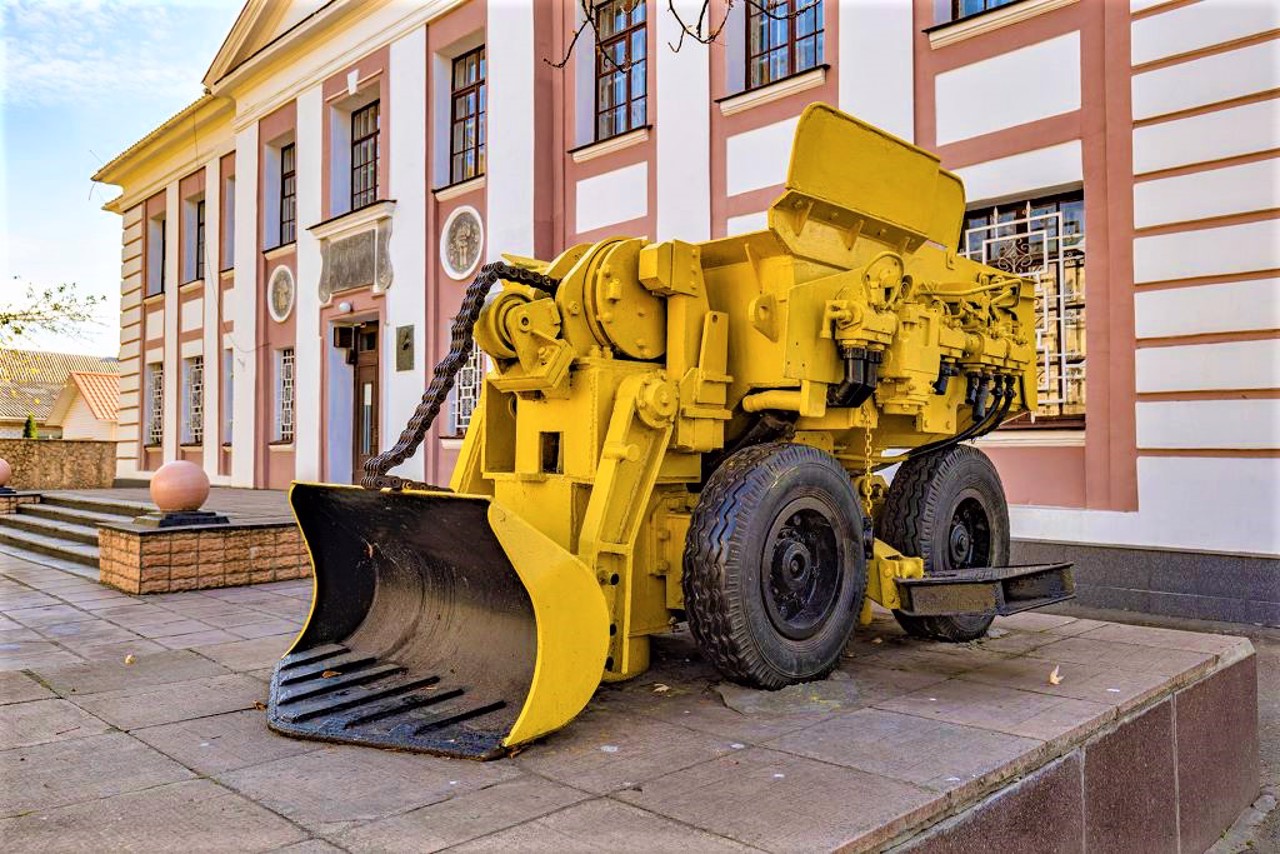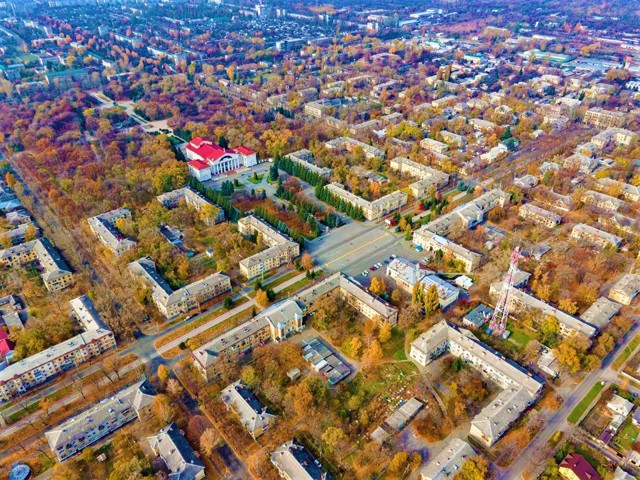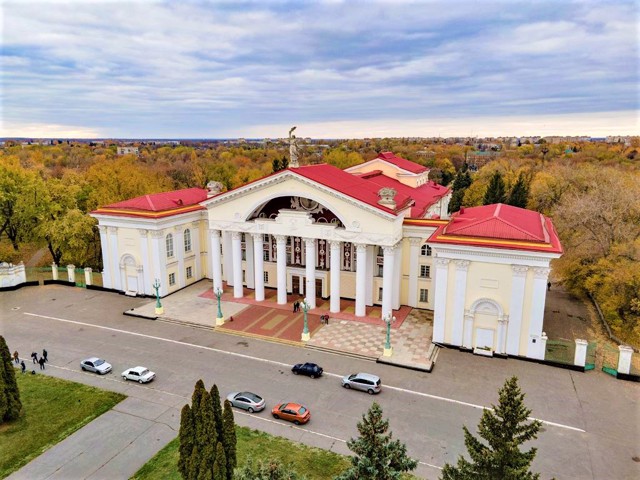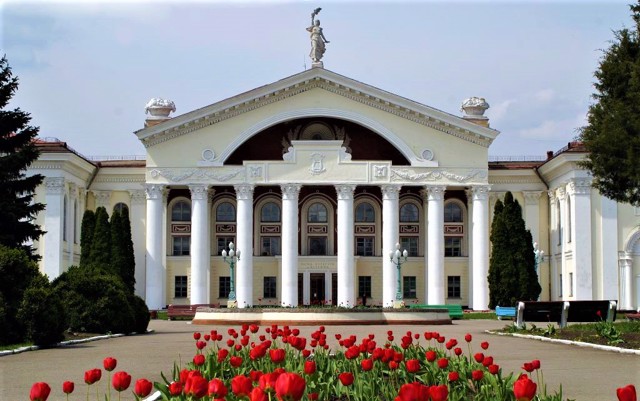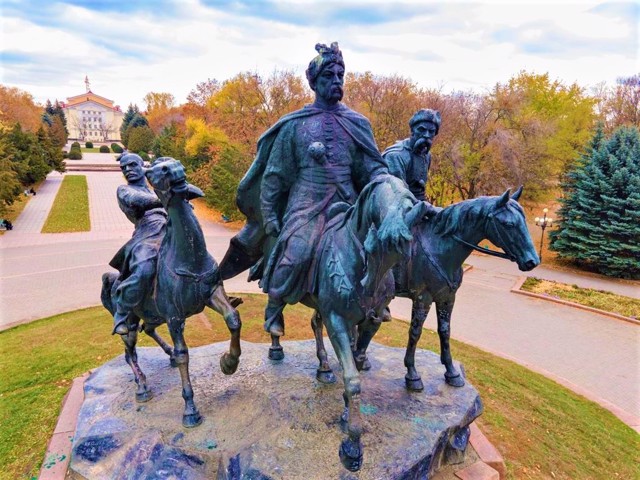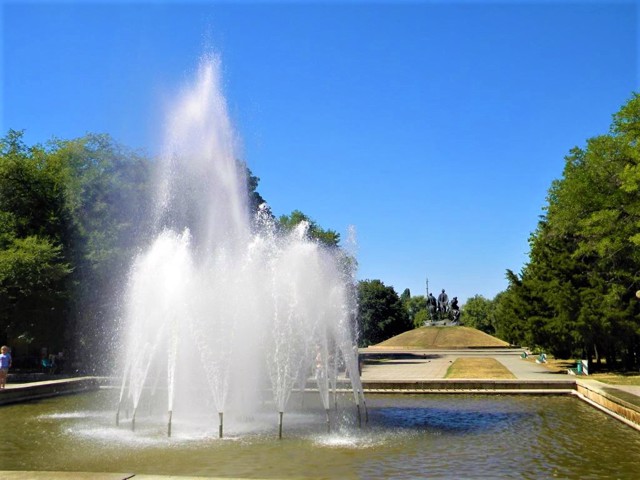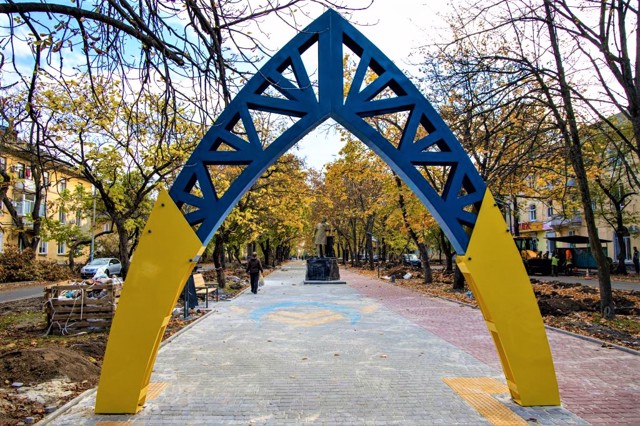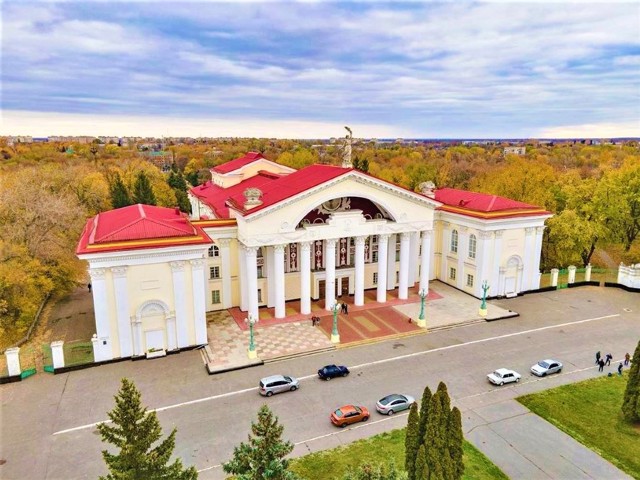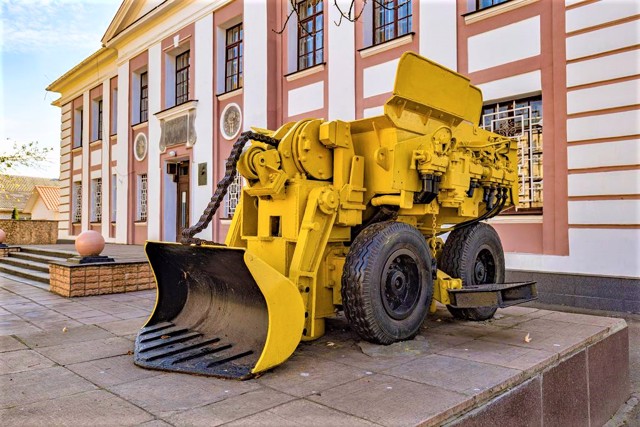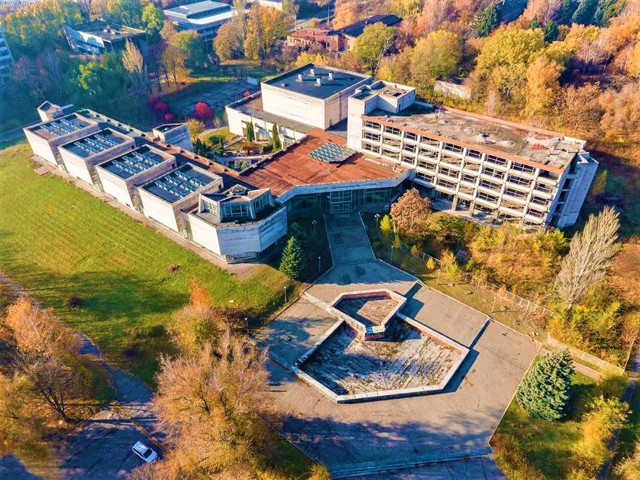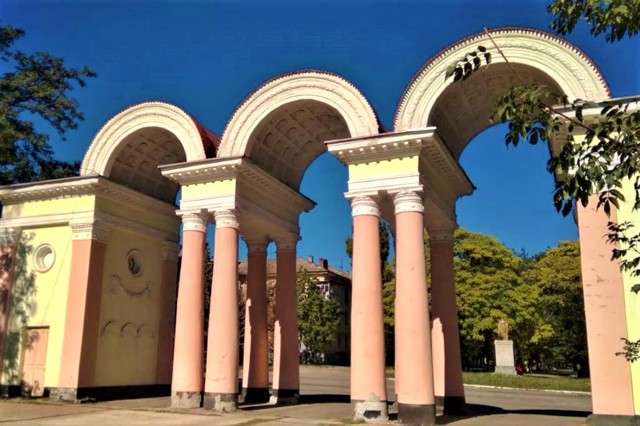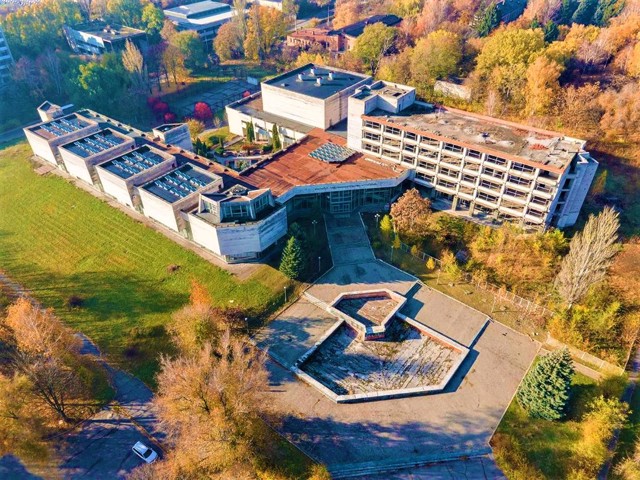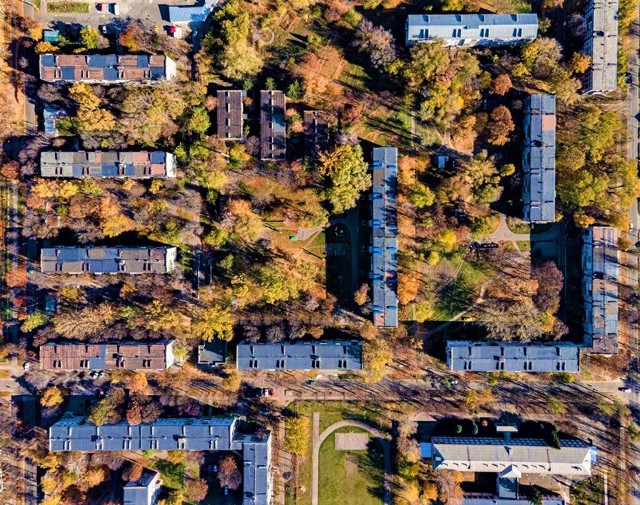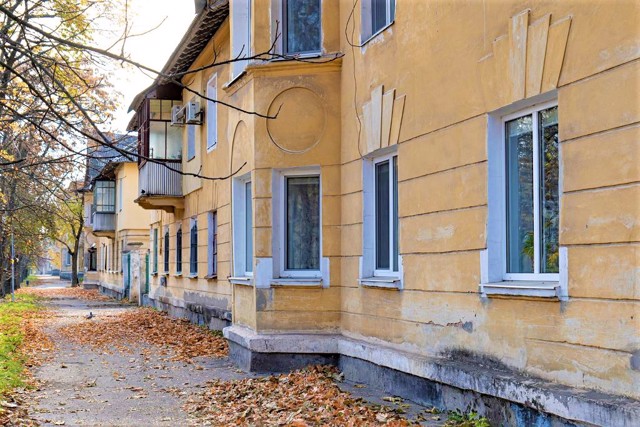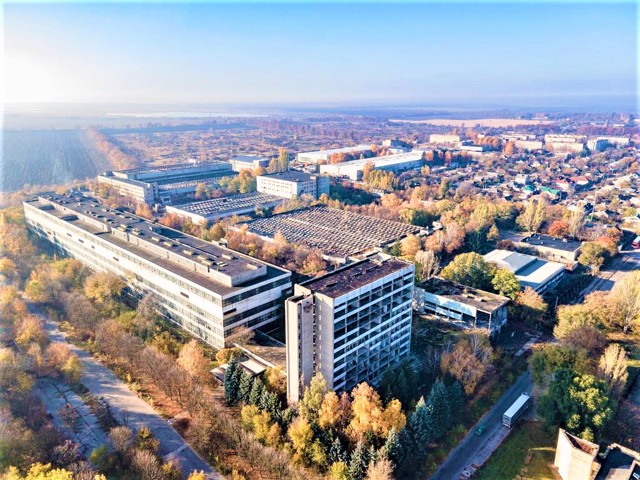Functional temporarily unavailable
Zhovti Vody
Travel guide online Zhovti Vody
General information about Zhovti Vody
The city of Zhovti Vody on the Zhovta River is located 120 kilometers west of the Dnipro, between Kryvyi Rih and Oleksandria.
Outcrops of iron ore in these places color the water of the river in a yellow color, which is where the name of the tract of Zhovti Vody comes from.
The Zhovtiy Brid crossing has been known since Cossack times, Cossack winter quarters were stationed here. In 1648, a battle took place here between the Cossack army of Bohdan Khmelnytskyi and the Polish army of Stefan Potoski, which ended with the first great victory of the Zaporizhzhians in the Liberation War of the Ukrainian people (a monument was erected).
The current city arose in 1895 as a working village of Zhovta Rika a ...
The city of Zhovti Vody on the Zhovta River is located 120 kilometers west of the Dnipro, between Kryvyi Rih and Oleksandria.
Outcrops of iron ore in these places color the water of the river in a yellow color, which is where the name of the tract of Zhovti Vody comes from.
The Zhovtiy Brid crossing has been known since Cossack times, Cossack winter quarters were stationed here. In 1648, a battle took place here between the Cossack army of Bohdan Khmelnytskyi and the Polish army of Stefan Potoski, which ended with the first great victory of the Zaporizhzhians in the Liberation War of the Ukrainian people (a monument was erected).
The current city arose in 1895 as a working village of Zhovta Rika at the iron mine of the Lviv entrepreneur and engineer Borutskyi. In 1898, ore mining began in the Krasnokutsky quarry of the merchant Kopylov. With the arrival of the Bolsheviks, the mines were nationalized. Since 1951, the extraction of uranium ore in Zhovti Vody has been conducted by the Eastern Mining and Processing Plant.
Місто Жовті Води на річці Жовтій розташоване в 120 кілометрах на захід від Дніпра, між Кривим Рогом і Олександрією.
Виходи на поверхню залізної руди в цих місцях забарвлюють воду річки в жовтий колір, звідки походить назва урочища Жовті Води.
З козацьких часів відома переправа Жовтий Брід, тут стояли козацькі зимівники. В 1648 році тут відбулася битва між козацьким військом Богдана Хмельницького та польською армією Стефана Потоцького, яка завершилася першою великою перемогою запорожців у Визвольній війні українського народу (встановлено пам'ятник).
Нинішнє місто виникло в 1895 році як робітниче селище Жовта Ріка при залізному руднику підприємця Львова та інженера Боруцького. В 1898 році почавс ...
Місто Жовті Води на річці Жовтій розташоване в 120 кілометрах на захід від Дніпра, між Кривим Рогом і Олександрією.
Виходи на поверхню залізної руди в цих місцях забарвлюють воду річки в жовтий колір, звідки походить назва урочища Жовті Води.
З козацьких часів відома переправа Жовтий Брід, тут стояли козацькі зимівники. В 1648 році тут відбулася битва між козацьким військом Богдана Хмельницького та польською армією Стефана Потоцького, яка завершилася першою великою перемогою запорожців у Визвольній війні українського народу (встановлено пам'ятник).
Нинішнє місто виникло в 1895 році як робітниче селище Жовта Ріка при залізному руднику підприємця Львова та інженера Боруцького. В 1898 році почався видобуток руди в Краснокутському кар'єрі купця Копилова. З приходом більшовиків рудники було націоналізовано. З 1951 року видобуток уранової руди в Жовтих Водах веде Східний гірничо-збагачувальний комбінат.
Сплануй своє перебування у Zhovti Vody
What to see and where to go in Zhovti Vody
Tourist attractions and museums of Zhovti Vody
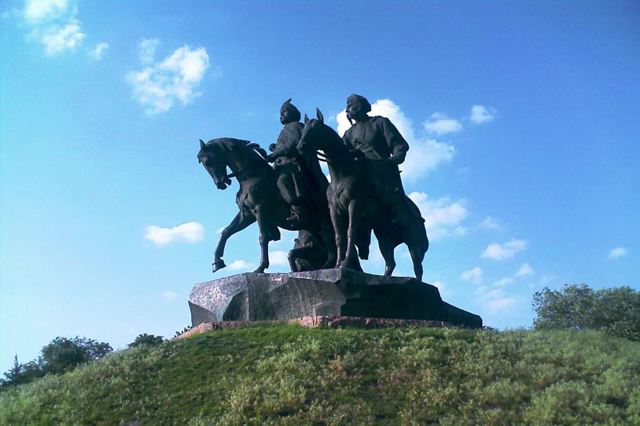
Heroes of Liberation War Monument
Monument
The monument to the Heroes of the Ukrainian People's Liberation War of 1648-1654, located in Slavy Park, is central in the city of Zhovti Vody.
The composition of three figures of horsemen, located on the hill, symbolizes the observation post of Hetman Bohdan Khmelnytskyi during the historic battle on Zhovti Vody. Next to the famous commander are his glorified associates Ivan Bohun and Maksym Kryvonis.
The authors of the sculptural composition are honored sculptors of Ukraine, Anatoliy Bilostotskyi and Oksana Suprun. The monument was built according to the project of the honored architect of Ukraine Vasyl Hnyezdylov. The total height of the monument is 11.5 meters, the height of the sculptures is 6 meters. The bronze sculptures were cast by specialists of the Kyiv creative and production association "Khudozhnyk".
The monument to the Heroes of the Liberation War in Zhovti Vody was opened in 1992.
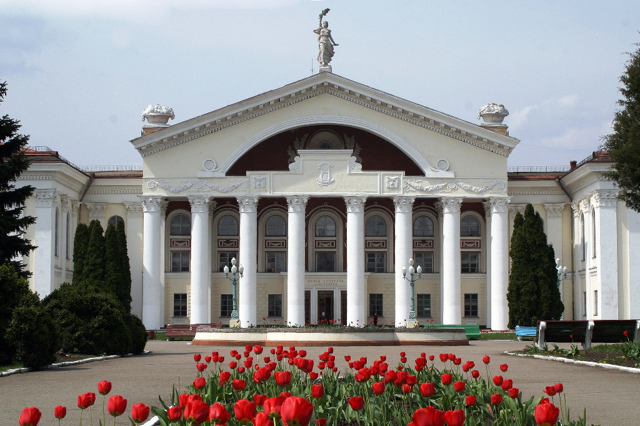
Palace of Culture
Architecture
The Palace of Culture, built in 1957 according to the project of the architect Anatoliy Oleksandrov, is the pride of the residents of Zhovti Vody.
The project is unique in its content, the Palace of Culture of Automobile Manufacturers in the city of Miass and the Palace of Arts in Czechoslovakia were later built on its model. In all three options, only the layout is the same. Different materials and interiors were used in each case.
Given the uniqueness of the Palace of Culture in Zhovti Vody, in 1985 it was included in the list of architectural monuments of the Dnipropetrovsk region.
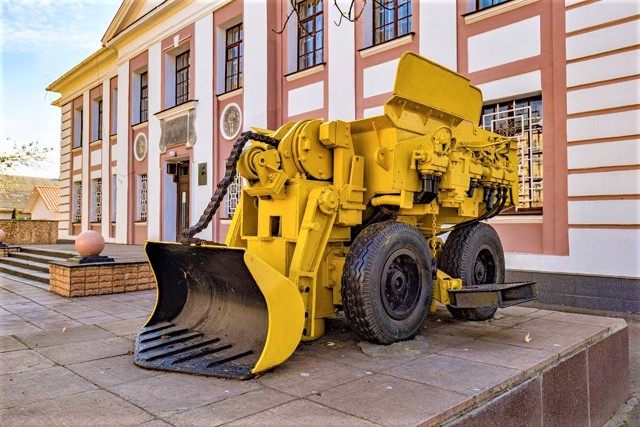
Zhovti Vody Historical Museum
Museum / gallery
Zhovti Vody Historical Museum was established in 1985.
The exhibition is housed in ten halls on two floors. The first hall is devoted to the events of the Ukrainian People's Liberation War of 1648-1654 and the victory of Bohdan Khmelnytskyi at Zhovti Vody.
The second hall presents the development of the village of Zhovta Rika and the extraction of iron ore: models of the Lviv quarry, the Kapitalna mine, and the village of Zhovta Rika in 1913.
Separate expositions are dedicated to the events of the Second World War and the development of the city in the post-war years. The layout of the city of Zhovti Vody is presented.
In five rooms on the second floor, collections of watches, minerals, numismatics, paintings, graphics, artistic embroidery, and sculpture are exhibited.
Reviews Zhovti Vody
Geographical information about Zhovti Vody
| {{itemKey}} | {{itemValue}} |
|---|---|
| Region |
Dnipropetrovsk |
